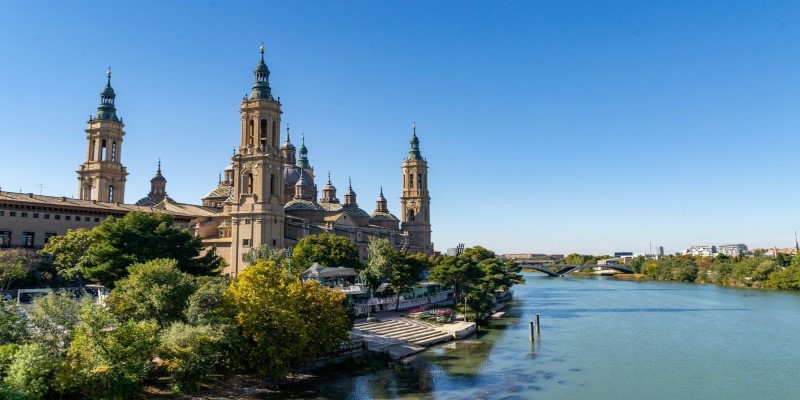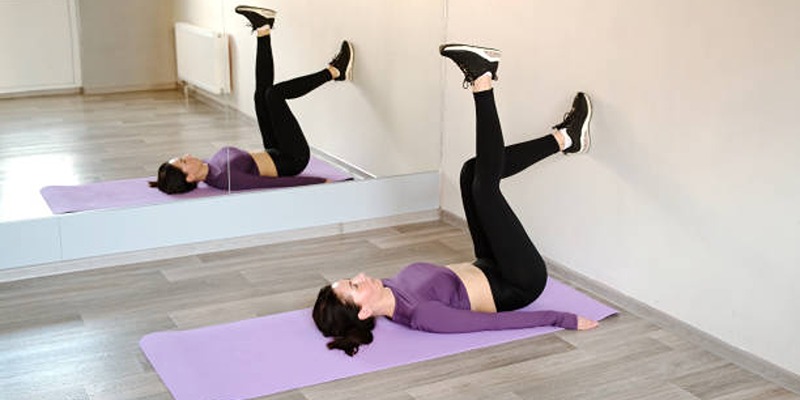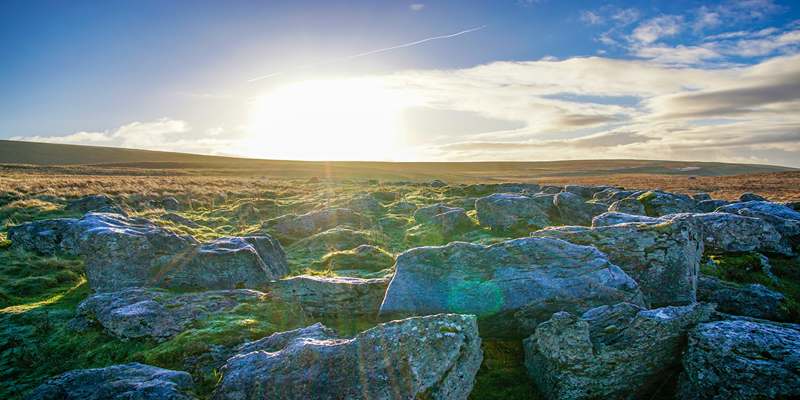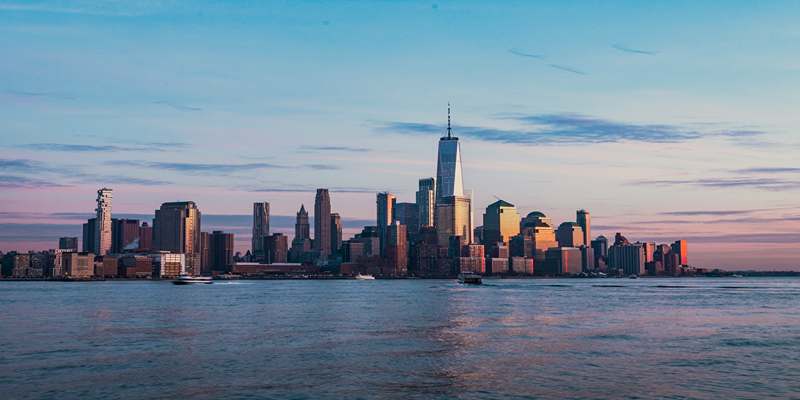One of the most suitable ways to experience Manhattan is to walk through it. Walking paints a path that goes straight to the rich and diverse culture of the city through iconic landmarks, assorted neighborhoods, and pedestrian— and navigation-friendly streets. Whether youther you are coming to Manhattan as a first-time visitor or you have been there before as a returning tourist, it is best to plan your Manhattan walking route to ease your work and make your experience both fruitful and unforgettable. The guide assists you to venture out in NYC by foot by indicating where to start and where you must visit in between here and there. We will also give safety tips andand walking mannerss to blend in with the locals. We will start with your 35,0000 steps walkeded in the city that never sleeps.
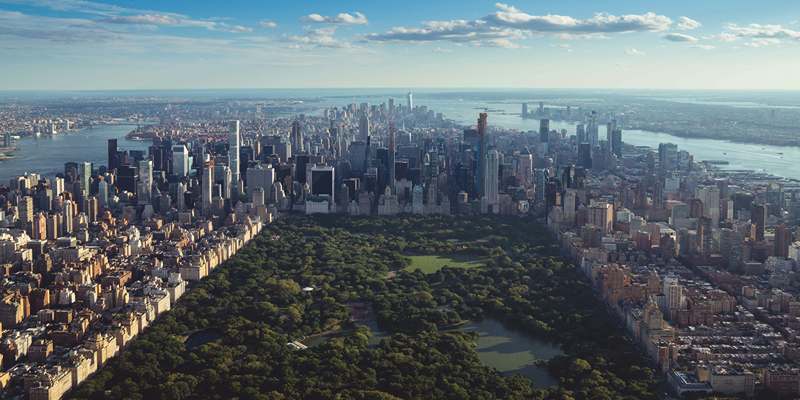
Planning Your Walk Through Manhattan
Mapping the Ideal Manhattan Walking Route
In order to maximize your stroll through Manhattan, it would be a good idea to map out a north-south walk to start at Harlem and to finish by Battery Park. This route will enable you to slowly feel the changing personality of the city, historic brownstones and cultural icons, and skyscrapers,, as well as a view of water. A close-up map or a navigation app can assist you in following the route whilele allowing you a side turn to some secret spots. To have the best Manhattan walking route, you should divide your walk into stages and make notes of subway stops just in case you will want to get a break. The right path can save your energy and offer you enough time to observe all the highlights.
What to Wear and Pack for the Day
The patient should have his/her his/her own comfortable walking shoes in case he/she intends to walk the streets of NYC. It is also advisable to dress in layers because weather in Manhattan may change very fast,rticularly during spring and fall periods. Carry a refillable water bottle, sunscreen, a tiny backpack stuffed with light snacks, and a taxi phone charger. In case there are museums or churches on your walk path, there might be a need to wear modest clothes. Though you might be tempted to put on clothes that make you appear good in photos, it is advisable to put on something that suits you comfortably so that you can enjoy your long-distance walk. Comfort is always said to be happy knowing how to plan ahead so your experience as you walk in the streets of Manhattan is easy throughout as long as there is or is not a crowd or the weather is favorable or not.
Best Time of Year to Explore NYC on Foot
The best times to go out for long walks in Manhattan are in spring (April-June) and fall (September-November). There is a mild temperature, and the city in particular is stunning with either colored leaves or associated flowers. Summer might be very hot and overcrowded, and the weather in winter might be icy and uncertain. Mondays are less busy compared to weekends, and you should also aim to be early in the day since there are no masses of tourists at the time. Consider taking important steps ahead in case you visit during the peak season.
Iconic Stops on Your North-to-South Walk
Starting in Harlem and Uptown Sights
Begin your journey in Harlem, where you can enjoy historic architecture, visit the Apollo Theater, or stroll through Marcus Garvey Park. Harlem offers a glimpse into Manhattan’s cultural depth and musical heritage. As you walk south, you’ll pass through Morningside Heights, home to Columbia University and the majestic Riverside Church. Nearby, you’ll find access to Central Park’s northern edge—a perfect early stop. These uptown neighborhoods combine residential charm with cultural history, making them the perfect introduction for your walk through Manhattan.
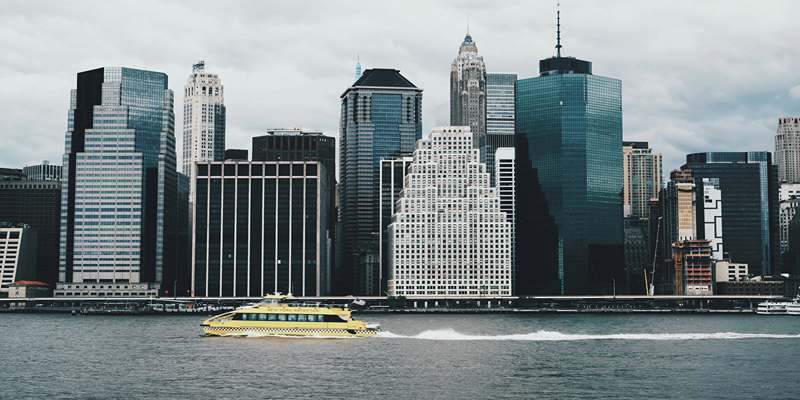
Midtown Manhattan Landmarks and Attractions
Midtown is the visual centerpiece of many NYC sightseeing experiences. As you explore NYC on foot, Midtown offers must-see landmarks like Times Square, the New York Public Library, and Bryant Park. Don’t miss the Empire State Building or the nearby Flatiron Building. Midtown can be crowded, so staying aware of pedestrian flow helps you keep pace. Take breaks in parks or cafes as you go. This section of your walk through Manhattan provides nonstop energy, iconic visuals, and access to many of the best-known attractions in the city.
Lower Manhattan Highlights and the Finish
Lower Manhattan marks the final leg of your journey. Head through SoHo’s cobbled streets, the civic heart of the Financial District, and finally to Battery Park. From there, follow signs to Wall Street or take a short break at the historic South Street Seaport. End your walk at Battery Park, where you can view the Statue of Liberty from the shoreline. This route captures both the energy and quiet of Manhattan’s southern tip, finishing your walk on a reflective and inspiring note.
Walking Tips and Local Etiquette
Staying Safe While Navigating the City
New York is generally safe for walkers, but staying alert is key, especially when crossing busy intersections or walking at night. Stick to well-lit, populated streets and avoid using headphones that block outside sounds. Keep your phone charged and share your route with a friend or family member. For solo travelers, daytime is best for longer walks. Also, be mindful of weather alerts or sudden closures in public spaces. Knowing a few emergency contact numbers and nearby subway routes can be helpful.
Rest Stops, Parks, and Places to Pause
Walking for hours requires periodic breaks. Manhattan has plenty of public spaces ideal for rest, from Central Park’s benches to Washington Square Park’s shaded nooks. Look for museums with public lobbies, libraries, or quiet atriums where you can pause. Even short breaks every hour can help prevent fatigue and keep your walk enjoyable. Use rest stops to hydrate, review your route, or take notes and photos. Planning rest points into your manhattan walking route makes a huge difference in your overall comfort.
Conclusion
Walking through Manhattan is more than exercise—it’s an immersion into the rhythm, energy, and essence of New York City. With thoughtful planning, comfortable gear, and respect for local customs, your 35,000-step journey will become a highlight of your NYC visit. From Harlem’s charm to Battery Park’s waterside calm, every step tells a story. This manhattan walking route is ideal for first-timers and repeat visitors.



